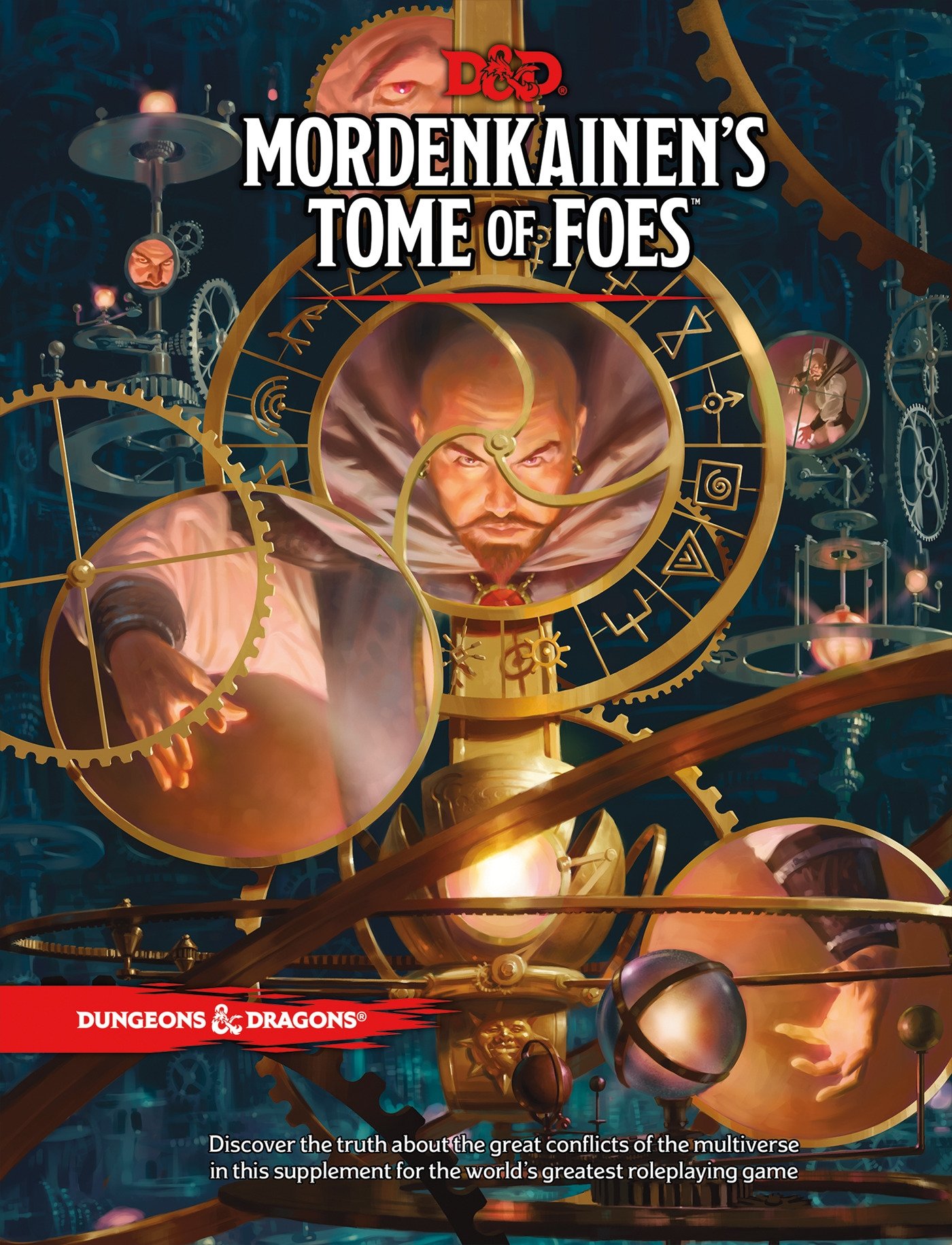Review: Mordenkainen’s Tome of Foes serves as lore book, new Monster Manual, updated race guide

More monsters, please.
That’s what Mordenkainen’s Tome of Foes delivers.
Now available everywhere, the new Dungeons & Dragons sourcebook also drops a whole ton of lore, too. (Like, a lot. A lot a lot. More stuff than I ever expected, to be honest.)
So is it worth it?
I think it’s essential.
Now, I’ve used those words before. I understand it’s really only truly essential to have the Player’s Handbook, the Monster Manual and the Dungeon Master’s Guide. But if you’re like most DMs and you want more options to tell stories, build characters and introduce monsters, Tome of Foes is a god-send.
I’m currently running Curse of Strahd. Now, that book is full of great stuff. But with my characters reaching the later stages of the campaign, they’re tired of running into the same packs of wolves, scarecrows and random undead monsters described in the book’s random encounters tables.
But now (spoiler alert for my players) I have a few more options. Sending them up against a deathlock, skull lord or sword wraith sounds like a whole lot of fun. (A nightwalker may be a little much, but having a CR 20 undead as an option is nice.)
Tome of Foes also presents a whole lot of high-level monsters.
If you order Mordenkainen’s Tome of Foes via Amazon,
Crit For Brains receives a small commission (at no cost to you)
that helps keep this site running.
Thanks for your support!
More than half the monsters are CR 10 to 26, making the book a lot more useful for campaigns in their mid to late stages. Less than 10 monsters are CR 1 or lower.
That excites me. It’s hard to find an end-game, but when I start looking at drow matron mothers, nightwalkers or any number of demon lords, I start to get ideas.
As for the lore, there’s five full chapters and 114 pages all about demons, devils, elves, drow, dwarves, duergar, gith, gnomes and halflings.
Some of the information is overwhelming. There’s a lot of it including histories, massive charts about gods and how dwarves build their strongholds. (Note to self: Create an adventure in a dwarven stronghold.)
The various races are depicted differently in different campaign settings, and the book explains those differences, too.
Amid the charts and long passages about dwarves and their ale, there’s also loads of immediately practical information. While some of the lore portions are useful for character histories or campaign backgrounds, there’s a ton of races, character backgrounds, new skills and other info.
I’m personally not that interested in the Blood War, the constant battle between demons and devils, but I love the descriptions for various devilish cults, their goals and what powers their followers might have.
Suddenly, my mind is alight with ideas involving cults and their master plans.
As mentioned before, there’s also new race options. Tieflings have new subraces linked to one of the devil Lords of the Nine Hells. Elves have subraces including eladrin, sea elves and shadar-kai.
The lore portion is useful to both players who want to create awesome backgrounds for their characters and new character build options as well as DMs who want to place adventures in the underdark (there’s oh, so much drow stuff) or within a quaint and happy halfling community. (I like the section on halfling battle tactics myself.)
My favorite portion of the first six chapters are the race tables, each of which appears in the rear of its race’s chapter.
They compile various things from the PHB and add new things. Some, like for the newly playable gith race, include the standard flaws, bonds and ideals you’d expect. Others help you flesh out an adventurer further or help you build a more well-rounded campaign. The tables include loads of character story hooks as well as ways to introduce duergar raiding parties, unusual demon features, githzerai groups and reasons that a halfling would go adventuring.
All in all, there’s a healthy amount of information here whether you’re looking for new feats for your character or new monsters with which to terrorize your players.
(Please, someone run a balhannoth and tell me how it goes.)





